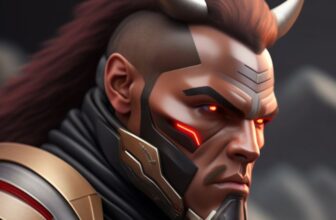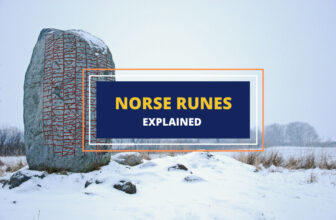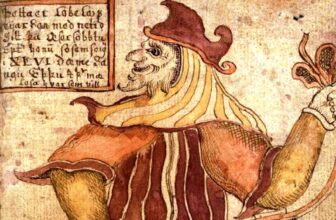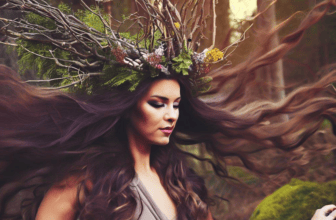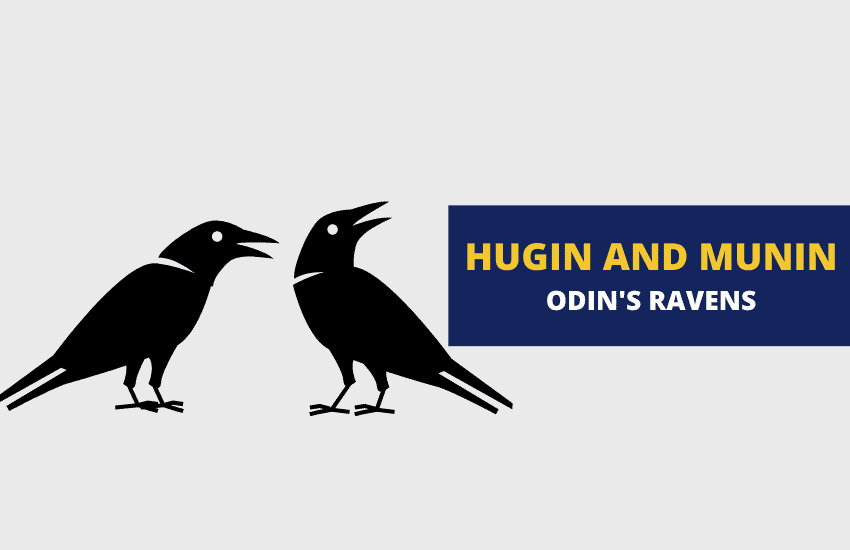
Table of Contents
The Allfather god Odin is typically depicted with a pair of ravens on his shoulders. Odin’s ravens, known as Huginn and Muninn (pronounced HOO-gin and MOO-nin), were his constant companions who would fly around the world and report back on what they had seen.
Who are Huginn and Muninn?
Huginn and Muninn are the two black ravens most commonly associated with the wise but also war-frenzied god Odin. Their names roughly translate from Old Norse as Thought and Memory (intellectual thought – hugr, and emotional thought, desire, and emotion – muninn).
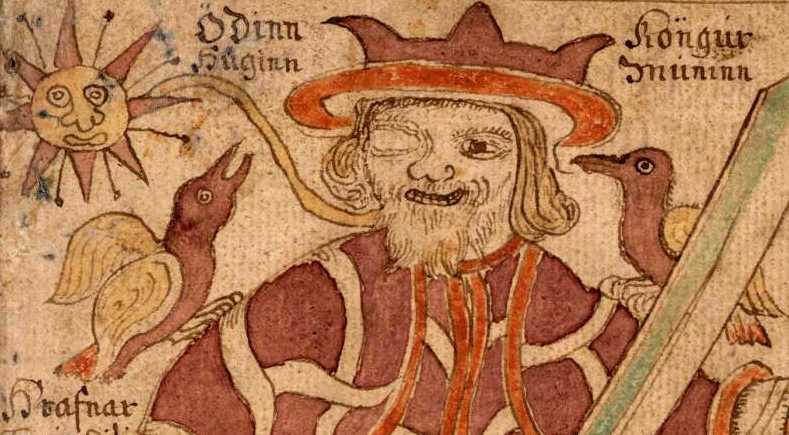
Huginn and Muninn as Birds of Wisdom
Today, it’s well known that ravens are among the most intelligent animals on the planet. Even though the ancient Norse people didn’t have the sophisticated research we do today, they were still aware of these black birds’ intelligence.
So, it’s not at all surprising that the Allfather god Odin, himself often associated with wisdom and knowledge, was often accompanied by two ravens. In fact, many poems and legends specifically name Odin as the Raven-god or Raven-tempter (Hrafnaguð or Hrafnáss).
One such example is the Eddic poem Grímnismál where Odin says:
Huginn and Muninn
Fly every day
Over all the world;
I worry for Huginn
That he might not return,
But I worry more for Munin
The poem details how Odin lets his two ravens roam the world each morning and returning to him by breakfast to report on what was happening across Midgard. Odin highly valued the ravens and was often worried that they wouldn’t return from their trips.
The two ravens are depicted as complex, intellectual and wise. Their role of acting as Odin’s eyes, by flying around the world and bringing back accurate information for Odin, emphasizes their intelligence. In turn, it promotes Odin’s image as a god of wisdom and knowledge.
Huginn and Muninn as Birds of War
Ravens have common associations throughout Norse myths – war, death battles, and bloodshed. Ravens are known not only for their intelligence but also for their presence over battles and fields of death, and Huginn and Muninn are no exception. Ravens are scavenger birds, that feed on dead matter. Sacrificing an enemy to ravens was seen as a gift or offering to the birds.
This fits well with Odin’s profile too. The Allfather god is often portrayed in modern culture and media as wise and peaceful, but the Odin of Norse legends was bloodthirsty, savage, and unscrupulous – and a pair of ravens worked very well with that image.
In fact, in some poems, blood is described as Huginn’s sea or Huginn’s drink. Warriors were also sometimes called The reddener of Huginn’s claws or the reddener of Huginn’s bill. Wars or battles were also sometimes called Huginn’s feast. Munin’s name was also sometimes invoked in such a manner but Huginn was definitely the more “famous” of the pair.
Huginn and Muninn as Extensions of Odin
What’s often ignored about the two ravens is that they weren’t exactly their own separate beings – they were extensions of Odin himself. Like the Valkyries who brought the fallen heroes to Valhalla, Huginn and Muninn were integral aspects of Odin’s being and not just his servants. They were his eyes where he couldn’t go and his companions when he was lonely. They didn’t simply do his bidding, they were an extra set of spiritual limbs for the Allfather – parts of his very soul and self.
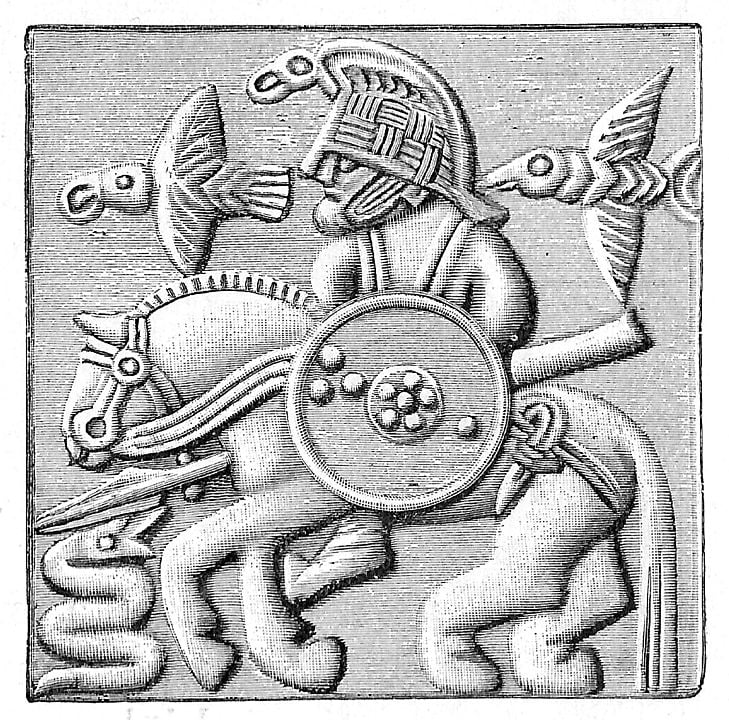
Symbols and Symbolism of Huginn and Muninn
As both intelligent and bloodthirsty, ravens were the perfect companions of Odin. Their names indicate that they symbolized thought and memory.
Because of their presence on battlefields as carrion birds, the ravens’ association with wars, death and bloodshed perfectly complemented Odin’s role as the god of war. In addition, the birds were considered wise and intelligent, again another association with Odin.
Wise enough to give him counsel and cruel enough to follow him into battle, the two birds were a part of the Allfather god.
Importance of Huginn and Muninn in Modern Culture
While ravens are popular symbols of both wisdom and war throughout most cultures, Huginn and Muninn sadly haven’t been incorporated by name in many modern works of literature and culture. While most images of Odin through the ages include a pair of ravens on his shoulders, the particular names of the two birds are rarely used.
One rare and curious example is the Eve Online video game which includes many types of battleships named after characters from Norse mythology, including the Huginn-class recon ship and the Muninn-class Heavy Assault ship.
Wrapping Up
Huginn and Muninn represent Odin and several characteristics associated with him. As his companions and spies, the two ravens were indispensable to the Allfather god.




